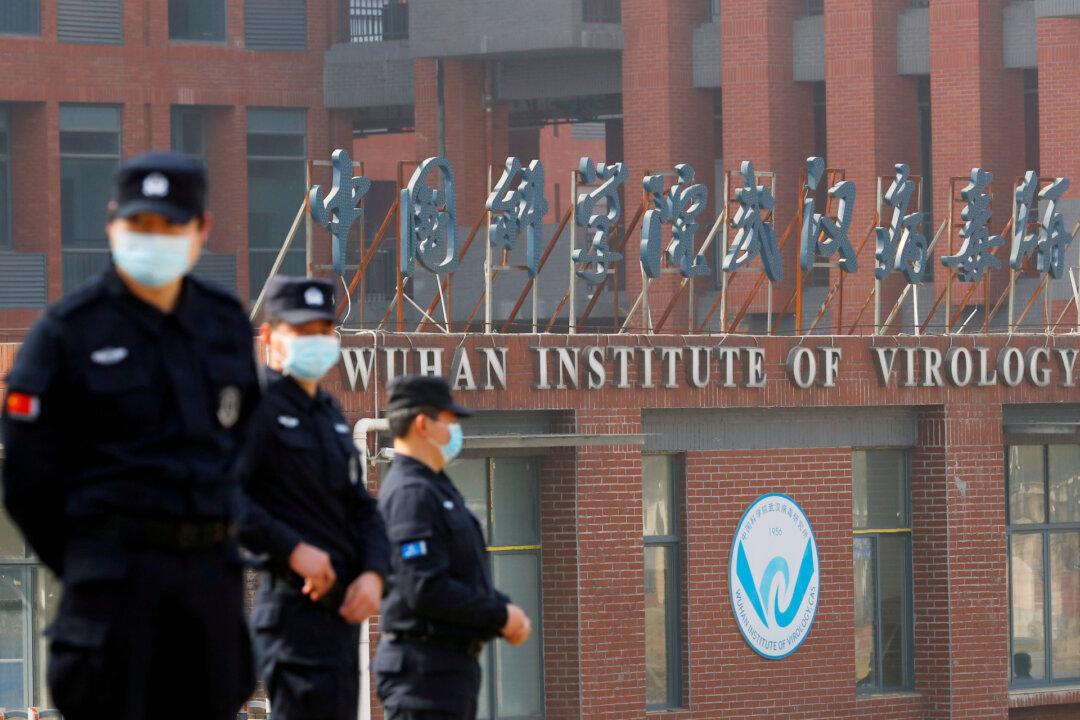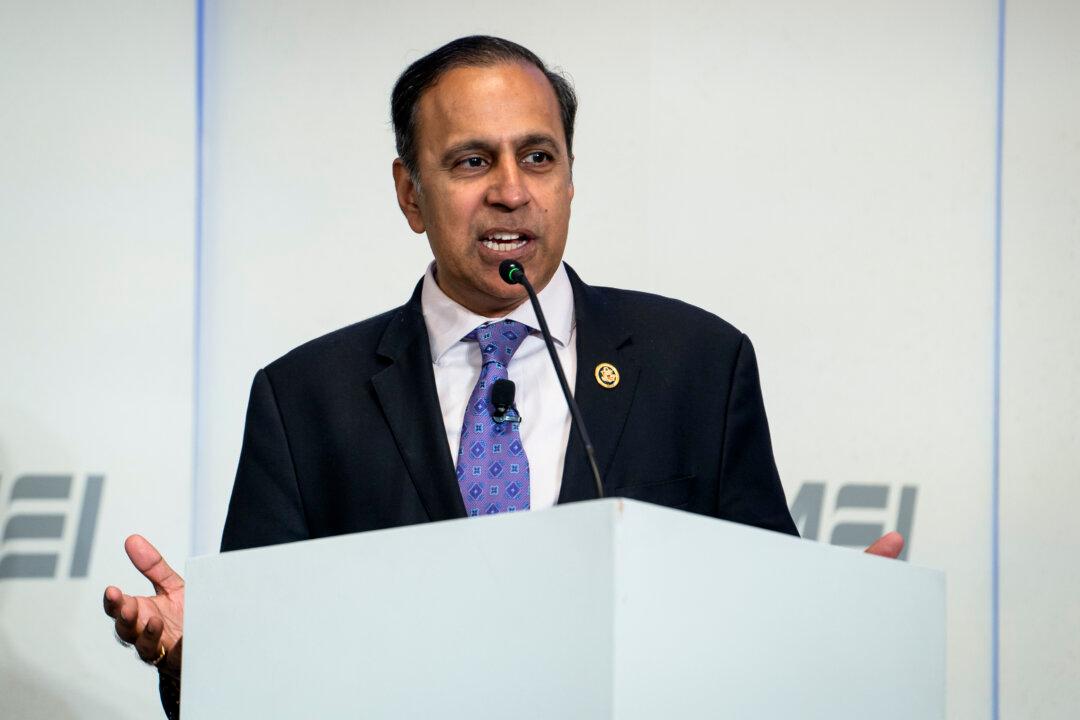Three days after Beijing officially acknowledged a cluster of an unknown pneumonia disease on the last day of 2019, then-head of the U.S. Centers for Disease Control and Prevention (CDC) Dr. Robert Redfield invited his Chinese counterpart, George Gao, for a call.
“I’ve been trying to reach you and will try again in a few hours,” he wrote, according to emails sent on Jan. 3, 2020, and obtained by The Epoch Times.






